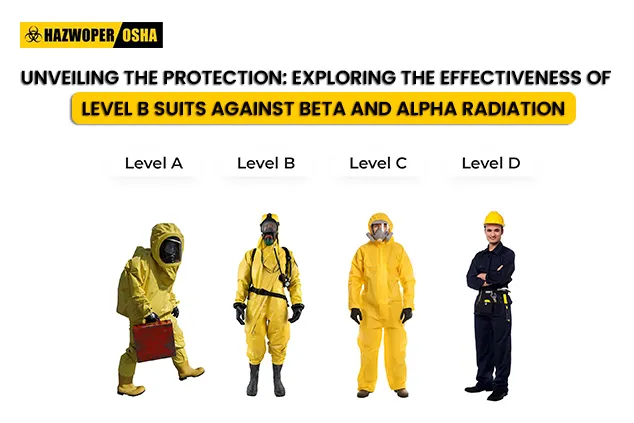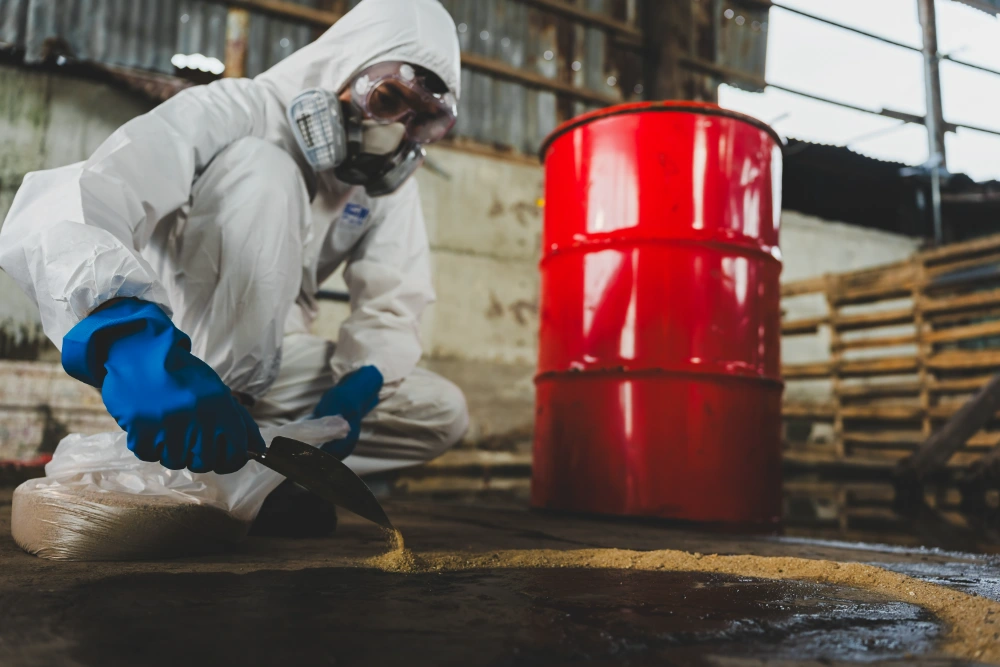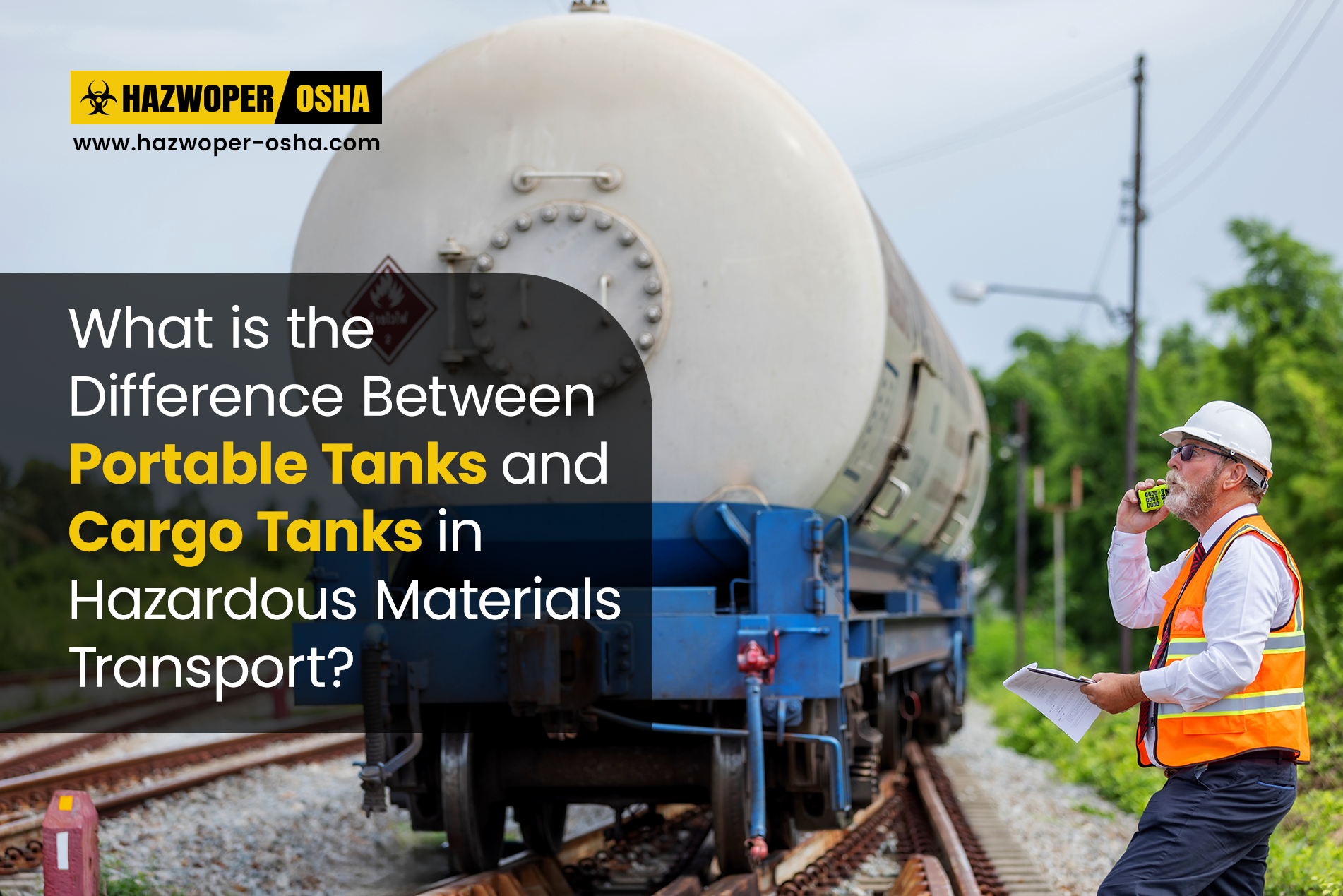Unveiling the Protection: Exploring the Effectiveness of Level B Suits Against Beta and Alpha Radiation

Navigating the Radiation Shield: Understanding the Role of Level B Suits in Hazardous Environments
Level B Suits: What You Need to Know About Radiation Protection
Working with hazardous materials? Understanding the limitations of your protective equipment is crucial. Today, we'll dive into the world of Level B suits, exploring their ability to shield you from different types of radiation, particularly beta and alpha.
Beta radiation: A mitigated threat
Beta particles, tiny and negatively charged, are emitted by radioactive materials like potassium-40. While they can penetrate dead skin cells, they pose no threat to deeper tissues. Thankfully, Level B suits offer significant protection against beta radiation. Their materials, like rubber and specially treated fabrics, effectively block most beta particles, minimizing your exposure.
Alpha radiation: A different story
Alpha particles, larger and heavier than their beta counterparts, carry a positive charge and consist of tightly bound protons and neutrons. While they can't penetrate even dead skin cells, the danger lies in their ability to wreak havoc if inhaled or ingested. Unfortunately, Level B suits offer no protection against alpha radiation. To combat this threat, respirators and additional protective gear are essential.
A quick reference: Level B protection against radiation
Here's a concise table summarizing the effectiveness of Level B suits against various types of radiation:
| Radiation Type | Level B Protection |
|---|---|
| Alpha | No |
| Beta | Yes, but not complete |
| Gamma | No |
| Neutrons | No |
Remember: safety first
While Level B suits offer valuable protection, they are not invincible. Leaks are possible, and they can't shield you from all types of radiation. When working with hazardous materials, prioritize safety by:
- Following all safety protocols
- Wearing the appropriate protective equipment
- Staying informed about the specific risks involved
By taking these precautions, you can minimize your exposure to radiation and work safely in hazardous environments.

 EN |
EN |  ES
ES

































































































































